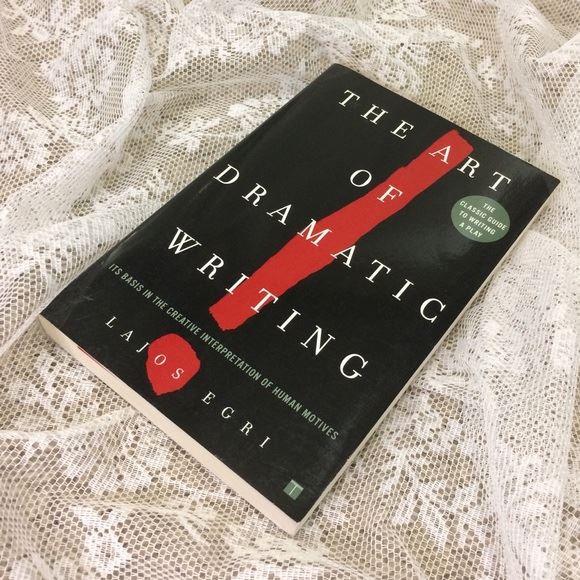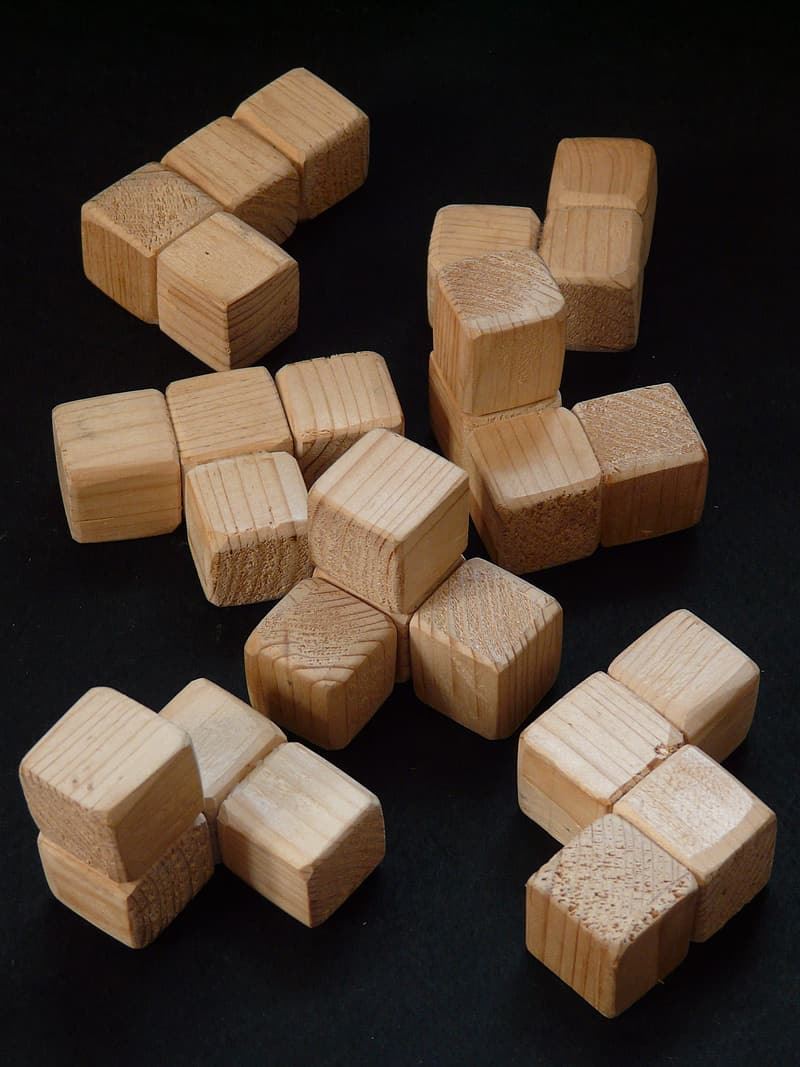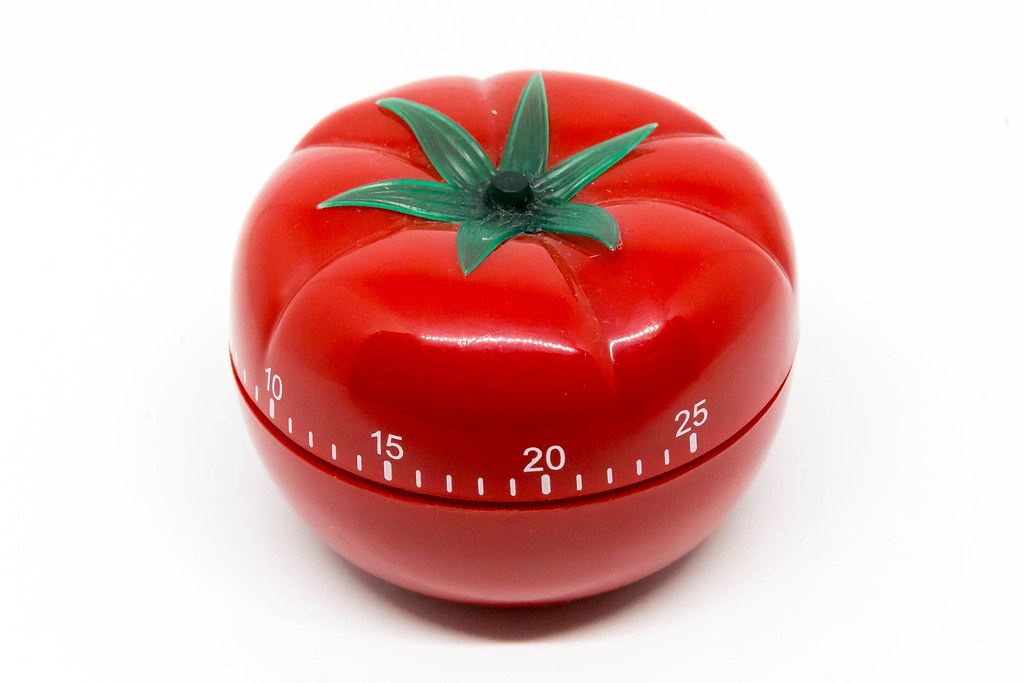by Patricia Milton (USA)
Our Toolkit Exchange chats are virtual sharing sessions where ICWP members share practices, tools, books, apps, and more, that aid them in their craft. It’s a fascinating process to tune in to others’ artistic journeys, and it’s a pleasure to offer this recap of our latest Toolkit Exchange session.
 Dale Griffith Stamos (USA)
Dale Griffith Stamos (USA)
says that she uses focus music on iTunes. “I put on headphones for a specified writing time, and as I become immersed, it enhances my writing.” She recommends Lajos Egros’ book, “The Art of Dramatic Writing.” Dale says, “Sometimes completing the character profiles (in the book) seems arbitrary, but as you go forward, they start to actually dimensionalize your characters.”
Dale is a writing teacher and leads workshops on Story Structure for all genres. She urges, “Fill the notebook. Before I ever put anything into a form, I fill a notebook with character bios, structure questions, the inciting incident, notes, and dialogue. If I follow my protagonist down one path, and I don’t like it, I choose another path.
When I get stuck, I write down the reasons I think I’m stuck.” Dale also recommends the book by Buzz McLaughlin, The Playwrights Process. “It’s a nice framework to use when starting work. Write what you know, and write what you can imagine. Plot is story, story is plot; you have to externalize the internal.”
 Mayura Baweja (India)
Mayura Baweja (India)
came to writing after being an actor and director. “These other aspects of the craft can be obstructions, as I tend to overthink the writing,” Mayura says.
“To overcome that, I use a box of wooden children’s blocks. I set them up like a stage, or a space where I can create a structure.
This gives me a sense of the world of the play. I create the space and ask, ‘Where could this action happen? What could happen here? Who could be standing here? Where can it lead?’
It’s exciting to think that anything can happen in that space.”
Tavi Juarez (USA)
devotes one hour every day to creative practice – which can be writing, painting, or dancing. “I listen to people on the train, eavesdropping, letting my imagination go wild. It’s giving myself time devoted entirely to the creative process.”
Tavi also utilizes NYCPlaywrights.org, a useful board with production and publication opportunities for playwrights. When writing dialogue, Tavi says she writes the people she knows. “I try to hear their voices and use their words. How would Steven say this? It’s a great tool for authenticity.”
 Vivienne Glance ( Australia)
Vivienne Glance ( Australia)
reports that, “All theater is Theater of the Mind, and what happens on stage is an illusion. Our minds ask ‘What’s the story?’
There is a moment when the audience is there, in silence, in the dark, and what do we as playwrights offer in that moment? ” Vivienne continues, “At the beginning of a project, I turn off spell check and grammar check and change the font to white, so I can’t see what I’m typing.
Trust yourself, you will misspell things, but don’t look, don’t edit.” As a former actor, Vivienne writes character sketches. “I need to know who they are. Character is action, as Aristotle says. I need to understand what choices they’ll make. I believe if you write about something that only you can write about, it becomes universal.”
Donna Gordon (USA) 
recommends a book by Jeffrey Sweet, “The Dramatists Toolkit”: the author writes about the shape of the story, how to work out a plot, and more. She says she always creates an outline, though she doesn’t always follow it.
Donna says, “I’m a bits and pieces writer. I put together plays like a quilt. I tie the pieces together – things I’m passionate about. I take topics from the news, too, and develop those.”
Camille Worrell (USA)
notes, “Physical activity rejuvenates me: running, or working out. And there’s something about taking a shower, or a bubble bath, that motivates me. Attention to the writing space is also helpful. I set up a space, with the right lighting, and classical music or light jazz. I have a writing partner; we write together and it’s motivating. I meet with another friend who is a poet, and we critique each other’s work.”
 My own contribution to the group session was my use of a tomato timer. It’s a little plastic wind-up timer that ticks down the minutes. It helps encourage me to contain the time in which I am writing, although often I reset it and go for more. There is a technique called the Pomodoro Method that I often use to create intense short bursts of concentration, punctuated by “intermissions,” or breaks.
My own contribution to the group session was my use of a tomato timer. It’s a little plastic wind-up timer that ticks down the minutes. It helps encourage me to contain the time in which I am writing, although often I reset it and go for more. There is a technique called the Pomodoro Method that I often use to create intense short bursts of concentration, punctuated by “intermissions,” or breaks.
As I learn from these generous artists in our virtual Chats, my own craft grows and flourishes. Heartfelt thanks to all who have joined me in these Toolkit exchanges.
If you missed the first post in this tool sharing series read it here
To join in future online chats with ICWP Members, become a member here:
https://www.womenplaywrights.org/membership-application
![]() at the top of the post
at the top of the post![]() at the top of the post
at the top of the post